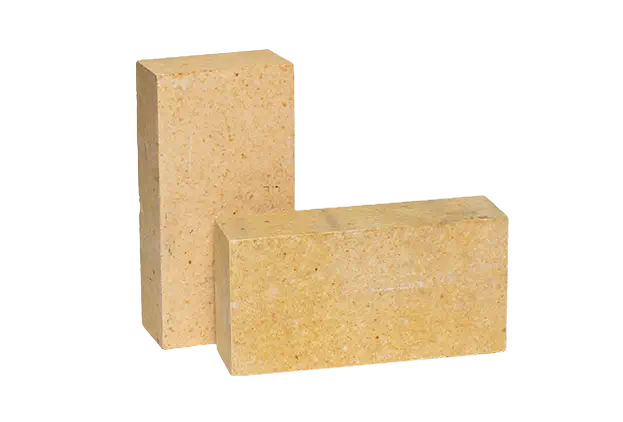Choosing the Right Refractory Brick for High-Temperature Applications
2025/01/26
Customer Stories
Explore the essential standards and techniques for selecting the most suitable refractory bricks for various high-temperature environments, focusing on unique insights and expert recommendations.
Introduction
Selecting the right refractory brick is critical for the longevity and efficiency of high-temperature applications. With a myriad of options available in the market, understanding the specific requirements of your operational conditions is essential. This article delves into industry best practices and offers practical tips for selecting suitable refractory bricks that meet your unique needs.
Understanding the Importance of Refractory Bricks
Refractory bricks are engineered to withstand extreme temperatures and harsh environments. Their application spans across industries such as metallurgy, ceramic, and chemical processing. The right selection not only enhances operational efficiency but also minimizes downtime due to replacements or repairs.
Key Factors in Refractory Brick Selection
When selecting refractory bricks, consider the following factors:
- Temperature Resistance: Ensure that the selected brick can withstand the maximum operational temperature without degradation.
- Chemical Resistance: Evaluate the brick's resistance to chemical attack. Different environments will demand varying levels of chemical resistance.
- Thermal Conductivity: Low thermal conductivity is often desired to enhance energy efficiency, while high thermal shock resistance is vital in dynamic conditions.
- Mechanical Strength: High mechanical strength ensures that the brick can withstand the stresses of operational conditions without cracking or crumbling.
Comparative Analysis of Refractory Products
Conducting a comparative analysis of various refractory products can reveal their strengths and weaknesses for specific applications. Factors to be examined include:
- Type of Material: Common materials include alumina, silica, and magnesia, each with unique properties impacting performance.
- Manufacturing Standards: Look for products that adhere to recognized manufacturing standards, ensuring consistency in quality.
- End-User Feedback: Customer testimonials and case studies provide insights into real-world performance and reliability over time.
Industry Best Practices
To ensure the longevity and performance of refractory bricks, consider the following best practices:
- Regular Inspections: Schedule routine inspections to assess the condition of bricks, identifying any signs of wear or failure early.
- Installation Techniques: Proper installation techniques can significantly impact the performance and lifespan of refractory linings.
- Continuous Training: Ensure that personnel are trained in best practices for handling and maintaining refractory materials.
Conclusion
In conclusion, choosing the right refractory brick involves a thorough understanding of the operational requirements and the characteristics of available products. By adhering to industry best practices and evaluating critical factors, businesses can enhance efficiency and longevity in their high-temperature processes.


